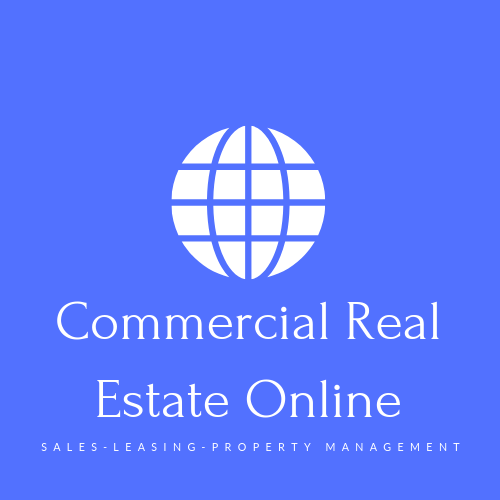
When you take on a new property management listing, one of the key things that must be done very soon is a lease audit. Without a lease audit you really do not know what you have in the tenant mix and how the property is performing with the existing tenants. Here is an article from our bulletin for Commercial Agents.
The audit process will help you understand big and important issues including the following:
- Tenants by name and location
- Rental conditions from the lease
- Upcoming options and rent reviews
- Arrears and current rent charges
- Risk and Liability that can apply to each lease
- Tenant and Landlord covenants that must be complied with
- Special terms and conditions in the leases that could apply to the tenant or the landlord
- Permitted use provisions of the premises, etc
So, the audit process will tell you a lot about the property and its current status. Checking leases against the events that are applicable to the tenants now will let you know if all lease matters are up to date.
It is interesting to note that far too many property managers will accept the detail of a tenancy schedule without checking the leases for each tenant. It is so common to find that tenancy schedules are not up to date or are incorrect. That then is a recipe for disaster and errors with the property.
Here are some tips to do a lease audit with your new commercial or retail property management appointments. You can add to the list so you create a checklist that can be used over and over as you bring in new properties to manage.
- Inspect the property so you understand what it looks like and just where everything is.
- Make a list of tenants as you inspect the property, so you can cross reference that information later from the leases.
- Get plans and drawings of the property that show you the layout of the common areas and the leased areas.
- Check out the boundaries of the property so you know what other businesses or property owners are adjacent. Look for any issues of conflict in boundaries and property usage.
- Go through all the leases with reference to the information that you gained in your property inspection.
- Create your list of information from the lease review, with particular attention to rent reviews, options, end of lease dates, tenant names, locations, and rentals paid.
- Get an up to date list of rent payments for each tenant.
- Check for arrears with each tenant.
- Split the rent charges into rental (all rents for the premises), outgoings, recoverable charges, and any other miscellaneous charges.
- Look for supplementary information and documents of occupation such as naming rights, car parking, common area usage, storage, and other charges.
All of this information must be cross referenced against what you see in the property, the rent invoices today, the discussions that you have with the tenants, and the handover information that you may have been given by the previous property manager or landlord.
If you need more ideas and tips to help your commercial real estate activites, join our community right here.


You must be logged in to post a comment.